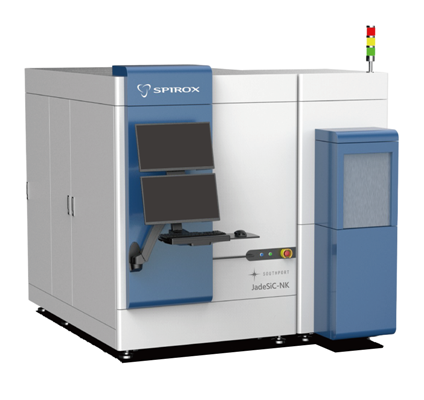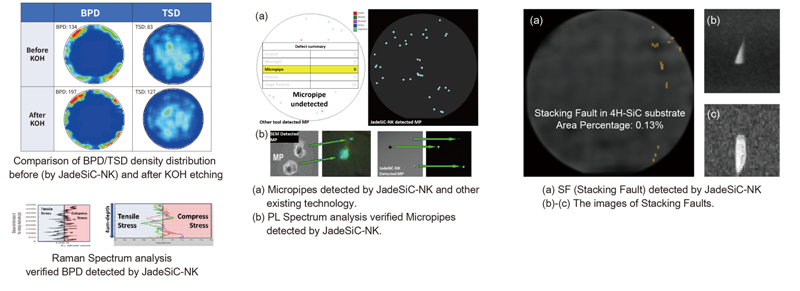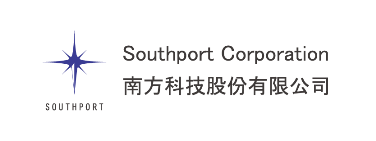

|
Model Number
|
SP3055A
|
|
|---|---|---|
|
Model Name
|
JadeSiC-NK, non-destructive inspection system for SiC killer defects (BPD/TSD/MP/SF),the best substitution for KOH etching method.
|
|
|
SiC Substrate /
EPI Wafer Size
|
2” 4” 6” 8”
|
|
|
Wafer Thickness
|
300 μm - 550 μm
|
|
|
Chuck
|
XY Stage Repeatability : 0.1 μm
|
|
|
Inspection Items
|
Whole Wafer Defect Scan (MicroPipe, BPD, TED, TSD, SF, etc.)
|
|
|
Whole Wafer Defect Scan
|
Estimated Inspection Time
|
1 hr @4”wafer
2 hrs @6” wafer 4 hrs @8” wafer |
|
Lateral Resolution
|
1 μm
|
|
|
Analysis
|
MicroPipe Density (MPD)
BPD/TED/TSD Density
Stacking Fault Area Percentage
Wafer Yield
Tri-angle and Carrot**
|
|
|
MicroArea 3D Scan (optional)
|
Field of View
|
400 μm x 400 μm
|
|
Scanning Zoom
|
Yes ( 1x - 10x )
|
|
|
Scan Resolution
|
Up to 1024 x 1024
|
|
|
Lateral Resolution
|
0.4 μm
|
|
|
Axial Resolution
|
0.25 μm
|
|
|
Min Increment of Z stage
|
0.02 μm
|
|
|
Wide Field Module Camera
|
Color Camera
(FOV 400 μm x 400 μm)
|
|

Southport Co. was established in August 2014. The founding team gathered talents from cross fields such as optics, materials, physics, and information, introducing novel optical design concepts in optical engineering.Based on the two core technologies of 5D microscopy and digital optics, Southport has introduced brand-new optics concepts and technologies into four key application areas: advanced material analysis, biomedical imaging, microstructure and transparent material inspection, and digital optics. Southport is committed to focusing on solving critical problems for R&D, relieving the pains in practices for facilitating innovation. Through integrating the knowledge of light, mechanics, electronics, and software, incorporated with modular and digital design genes, and further combined with our knowledge and experiences, Southport is ready to provide the cutting-edge optical tools needed by academia and industry.